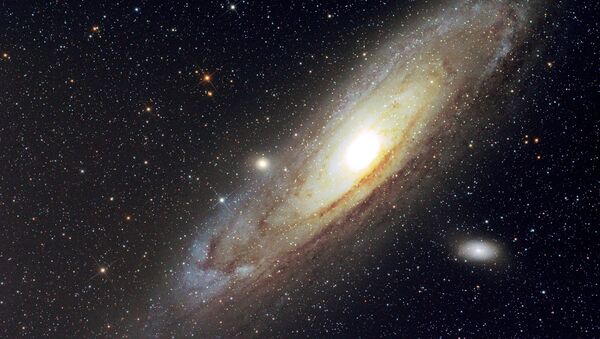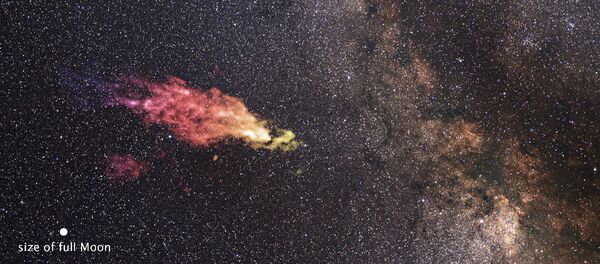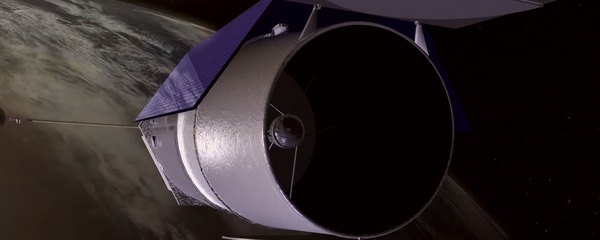The radio telescope at the Parkes Observatory can peer through the thick clouds of cosmic gas and dust, and allowed astronomers to scrutinize areas of space not visible to optical telescopes.
"The Milky Way is very beautiful, of course, and it's very interesting to study our own galaxy, but it completely blocks out the view of the more distant galaxies behind it," Lister Staveley-Smith, director of science with the International Centre for Radio Astronomy Research (ICRAR), said in a statement.
Scientists discover hidden galaxies behind the Milky Way https://t.co/68sEZFStXc pic.twitter.com/ZtbGvFZsZA
— Astronomy Magazine (@AstronomyMag) February 9, 2016
Astronomers have been carrying out research using observatory of Australia's national science agency, and have identified three new star system concentrations and two new clusters.
“An average galaxy contains 100 billion stars, so finding hundreds of new galaxies hidden behind the Milky Way points to a lot of mass we didn’t know about until now,” Discovery reported, citing Renée Kraan-Korteweg of the University of Cape Town, a study participant.
With the Parkes Observatory, astronomers will study and hopefully explain a phenomenon called the Great Attractor.
Great Attractor Solved! —"Hundreds of Galaxies Discovered Hidden Behind the Milky Way" https://t.co/EgOQlSxJFv pic.twitter.com/W2pkLWKuq3
— The Daily Galaxy (@dailygalaxy) February 9, 2016
It’s been known since the 1970s that the Great Attractor is a zone in space that has a vast gravity field as powerful as a “million billion suns." It grips the Milky Way as well as a number of other galaxies, carrying them along at speeds of some two million km/h, according to the team.
Hidden Galaxies Shed New Light on #GreatAttractor https://t.co/FmtB1TDryI #astronomy #space #science #MilkyWay pic.twitter.com/QoVQfZB9Hf
— BreakingScienceNews (@scinewscom) February 9, 2016
The team intends to initiate a more precise survey of the Great Attractor. In the next phase, they will use the newest heavy hitter in radio astronomy, the Australian Square Kilometre Array Pathfinder radio observatory, Smithsonian.com noted.



